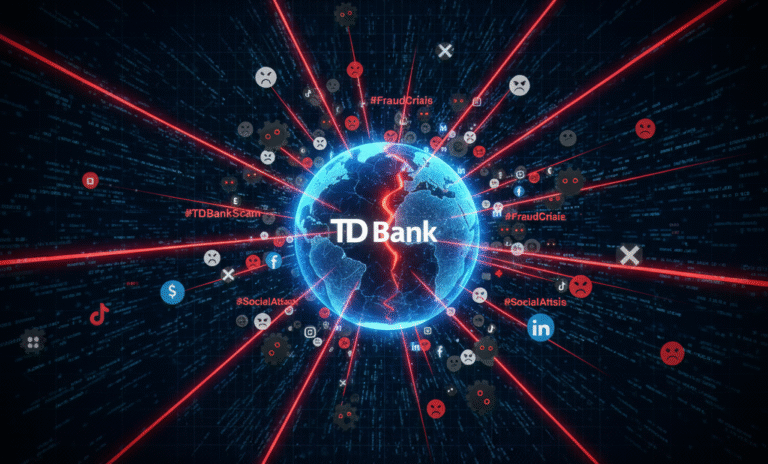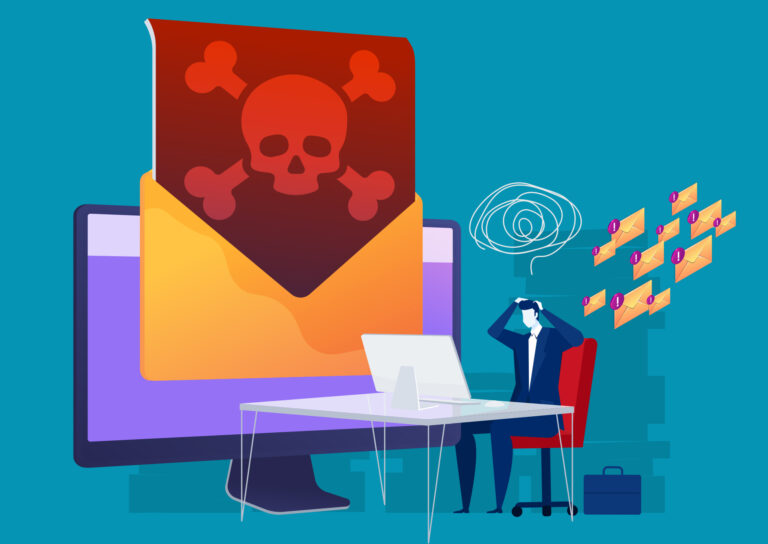In 2025, Gartner published World Without Truth: How Business Must Confront the AI-Powered Disinformation Supply Chain – a landmark book that reframed disinformation not as a political nuisance but as a business risk. Written by Dave Aron, Andrew Frank, and Richard Hunter, the book introduces a new discipline for organizations: TrustOps – or trust operations.
Just as DevOps transformed software and SecOps redefined cybersecurity, TrustOps represents a systematic, enterprise-wide approach to defending truth itself. And in a world where misinformation and disinformation now rank as the #1 global risk, according to the World Economic Forum’s 2024–2025 Global Risks Report, the timing could not be more critical.
This article explores World Without Truth and the need for TrustOps as a systematic approach to defending organizations against industrial disinformation and AI-driven manipulation.
TL;DR?
- Disinformation has become an industrial-scale threat powered by AI.
- Organizations need a new discipline – TrustOps – to defend truth operationally.
- TrustOps turns trust into a measurable, managed capability across the enterprise.
- To succeed, organizations need tools that can uncover disinformation, verify authenticity, and respond to harmful trends in real time.
A Crisis of Truth
We’ve entered an era in which truth has a supply chain – and that chain has been hijacked. The authors of World Without Truth describe the rise of Industrial Disinformation (IDI), a complex ecosystem of actors, technologies, and markets producing and distributing false information at scale.
Once limited to propaganda and rumor, disinformation has evolved into an industrial operation powered by Generative AI and agentic AI – autonomous systems capable of running influence campaigns without human oversight. Deepfakes, synthetic contexts, and conversational disinformation delivered via chatbots now blur the line between fact and fabrication.
As the book notes, even if a business has perfect physical and cybersecurity protection, it is still vulnerable to disinformation campaigns.
The consequence is organizational exposure on three fronts:
- Consumption – businesses risk making decisions based on polluted data;
- Production – their own communications can be hijacked or mistrusted;
- Reputation – false narratives can erode credibility faster than truth can recover.
It’s no surprise, then, that Gartner predicts enterprise spending on combating misinformation and disinformation will surpass $30 billion by 2028. Yet technology alone won’t solve the problem. What’s required is a new operational discipline – one that treats trust not as a feeling, but as a framework.
From Cybersecurity to Disinformation Security
If cybersecurity protects systems from hackers, disinformation security protects perception from manipulation.
World Without Truth draws parallels to other industrial revolutions in risk management – from the creation of the insurance industry to the rise of modern safety standards. Just as organizations built systems to prevent physical and financial harm, they must now build TrustOps to prevent informational harm.
TrustOps recognizes that truth is not self-sustaining. It requires verification, governance, and active defense. The discipline is built on four tenets:
- Verification – ensuring that content entering the organization is true, sourced, and cited.
- Certification – ensuring that outbound content is authentic, traceable, and independently verifiable.
- Detection – identifying and countering external disinformation threats.
- Response – engaging publicly to restore truth and credibility when falsehoods spread.
In short, TrustOps institutionalizes the work of safeguarding reality.
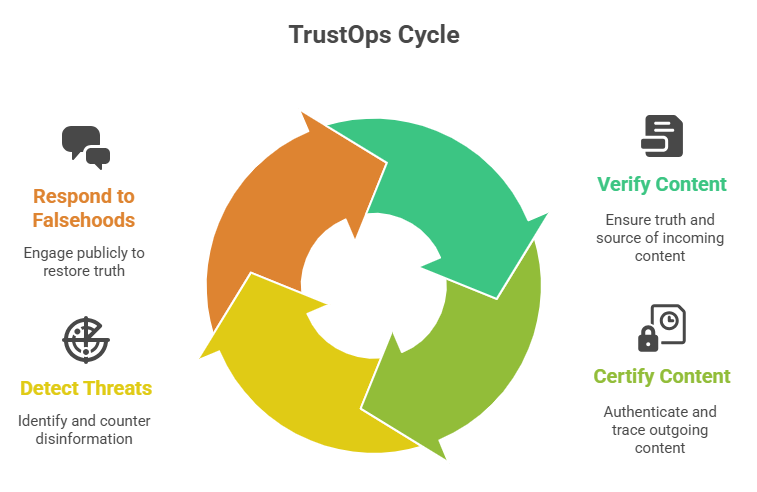
The TrustOps Ecosystem
TrustOps does not operate in isolation. World Without Truth describes an emerging ecosystem made up of three layers:
- TrustOps (the practice) – the internal operational framework inside organizations.
- Trust Councils (the governance layer) – cross-functional teams responsible for overseeing TrustOps policies, technologies, and crisis response.
- TrustNets (the collaborative layer) – networks of external stakeholders, including media companies, NGOs, researchers, tech firms, and standards bodies, that coordinate around shared truth infrastructure.
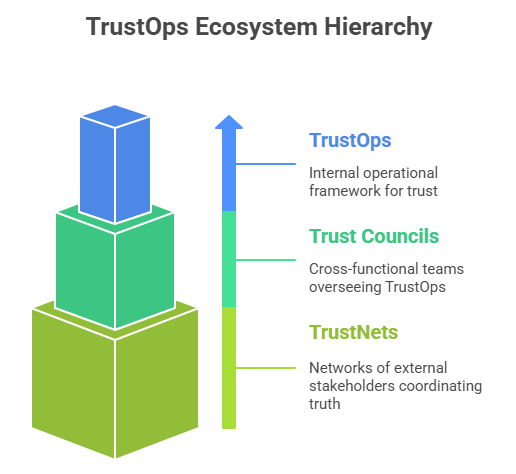
The authors point to Japan’s Disinformation Countermeasure Consortium, which includes Fujitsu, national universities, and government research institutes, as a living model of a TrustNet in action – uniting expertise in AI, logic modeling, and content verification.
Cyabra’s role in this new ecosystem is both foundational and catalytic: Cyabra’s platform already embodies many TrustOps principles: detecting disinformation narratives, mapping influence networks, and verifying the authenticity of online communities. By integrating real-time authenticity analytics into corporate workflows, Cyabra effectively operationalizes the “Detection” and “Verification” pillars of TrustOps – turning theory into defense.
Disrupting the Disinformation Supply Chain
One of the book’s most powerful frameworks is the concept of the Disinformation Supply Chain – a production system with three stages: Preparation, Production, and Propagation. Bad actors use this model to manufacture persuasive falsehoods. TrustOps is designed to disrupt it.
Organizations can apply four “levers of disruption” to counter this process:
- Rules, Governance, and Processes – defining clear standards for sourcing, publishing, and validating content.
- Education – building internal literacy around disinformation tactics and AI-generated manipulation.
- Nudges and Incentives – encouraging truthful behaviors and transparency, both internally and externally.
- Technology and Tools – deploying AI and analytics to detect and respond to false narratives.
Cyabra’s technology fits directly into this fourth lever. Its ability to identify coordinated inauthentic behavior and map narrative virality across platforms helps organizations not only detect false content but understand how and why it spreads – the key to dismantling the supply chain at its source.
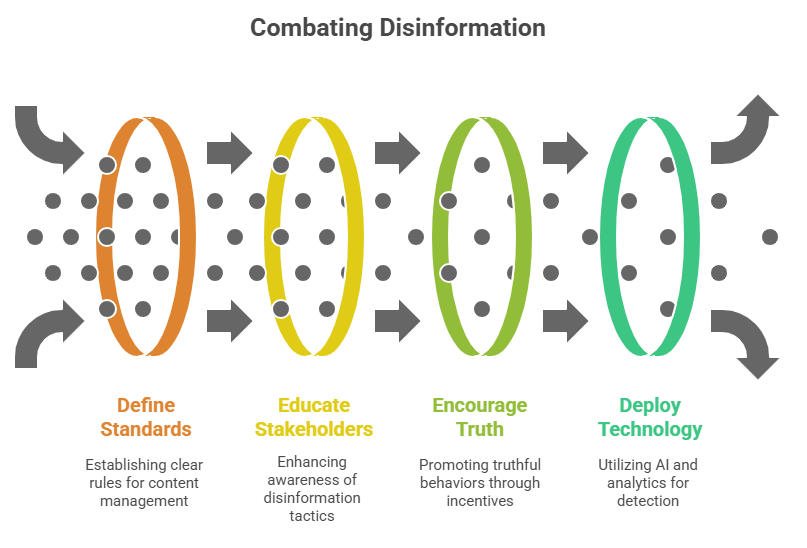
Why TrustOps Matters Now
The authors of World Without Truth argue that disinformation has become the third pillar of security, joining physical and cyber defense. Its impact is measurable in lost reputation, market volatility, and public mistrust.
Disinformation has long ago stopped being a PR problem. It affects markets, erodes consumer confidence, and alters public policy. The solution must therefore be operational – embedded across communications, compliance, and risk functions.
TrustOps achieves exactly that. It moves the conversation from reactive crisis management to proactive resilience. It gives executives a framework for governing truth at scale – ensuring that every message, campaign, and decision is built on verified information.
The Business Case for Trust
In the book’s foreword, Professor Jeffrey Sampler of Hong Kong University Business School writes, “We are not yet prepared for the huge deluge of disinformation that is coming our way.” That deluge is now here. The question is whether businesses will treat it as an existential threat or a passing trend.
TrustOps is the discipline to master disinformation detection and countermeasures, the foundation for a future in which trust can be measured, managed, and maintained. Just as financial audits protect investors and cybersecurity protects data, TrustOps protects credibility – the most valuable currency of the digital age.
For enterprises navigating a world without truth, the roadmap is clear:
- Build a Trust Council.
- Deploy tools and solutions like Cyabra to monitor authenticity and detect manipulation.
- Join or establish TrustNets with industry partners and researchers.
- Educate employees and customers on identifying disinformation.
- Treat trust as a KPI – and measure it continuously.
In doing so, organizations move from being passive targets to active defenders of reality.
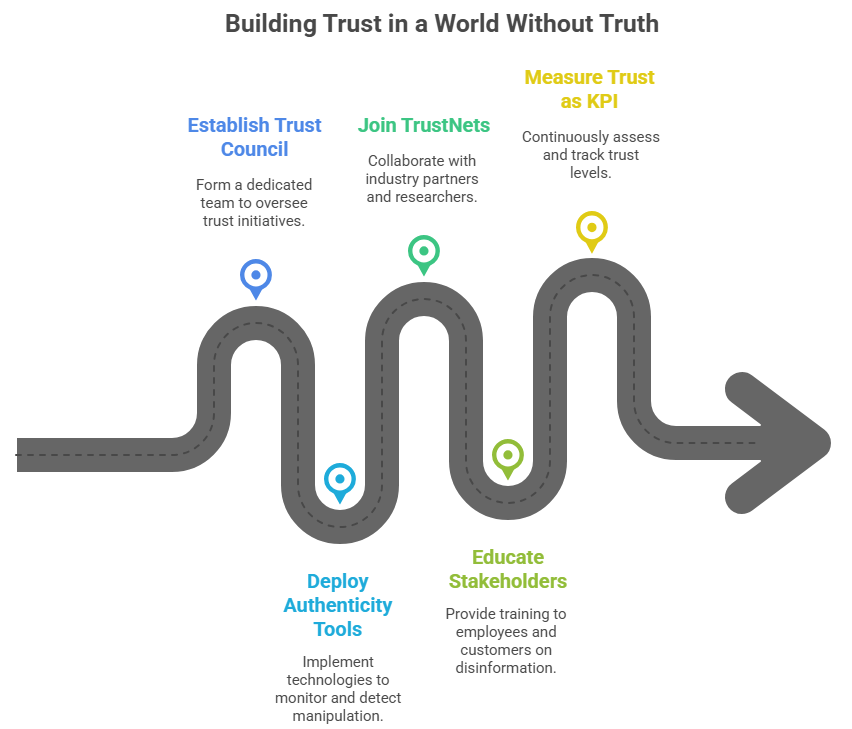
Conclusion – Engineering Trust in a World Without Truth
The age of industrial disinformation is upon us. AI has made deception cheap, fast, and scalable. But the same intelligence that spreads falsehoods can also help defend against them – if organizations act now.
As World Without Truth reminds us, the future of business depends on more than innovation or efficiency. It depends on trust. And trust, like any other strategic asset, must be operationalized, protected, and evolved.
As AI reshapes truth, authenticity becomes the new intelligence.In a world without truth, those who build trust will define the future.
For more information and to purchase “World Without Truth” on Gartner.
